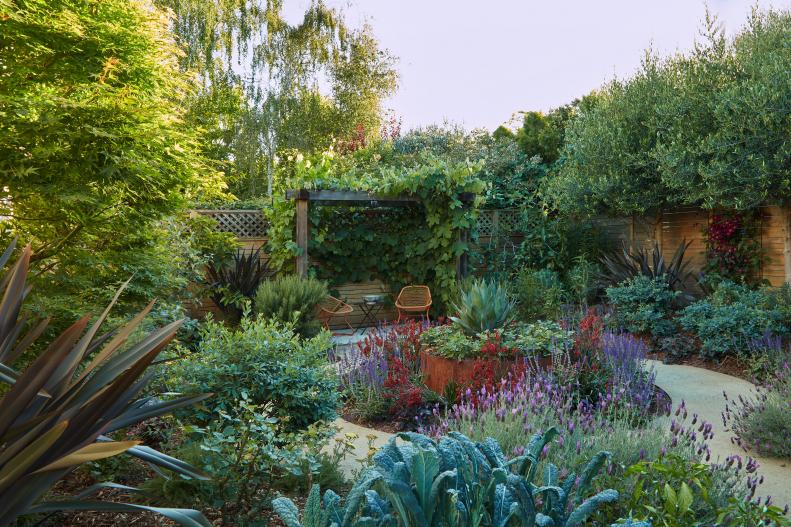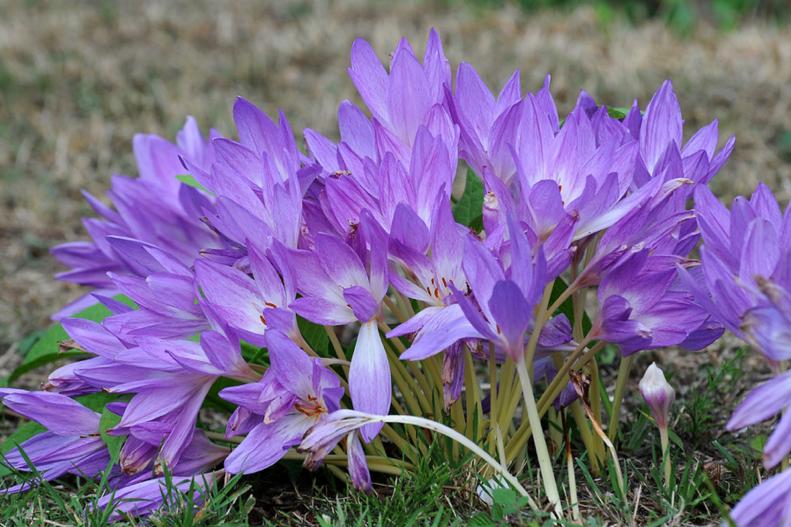1 / 26
Photo: Caitlin Atkinson.
From:
Christian Douglas Design.
Fall Plant Ideas
When designing a garden for fall color, select plants that will strut their stuff at different times in the season to keep the show going strong. Many plants selected for fall color will start their show in late summer before taking center stage in autumn. Consider a mix of trees, shrubs, perennials, annuals and grasses — like the flowy fountain grasses shown here — for a true range of seasonal color and texture.









